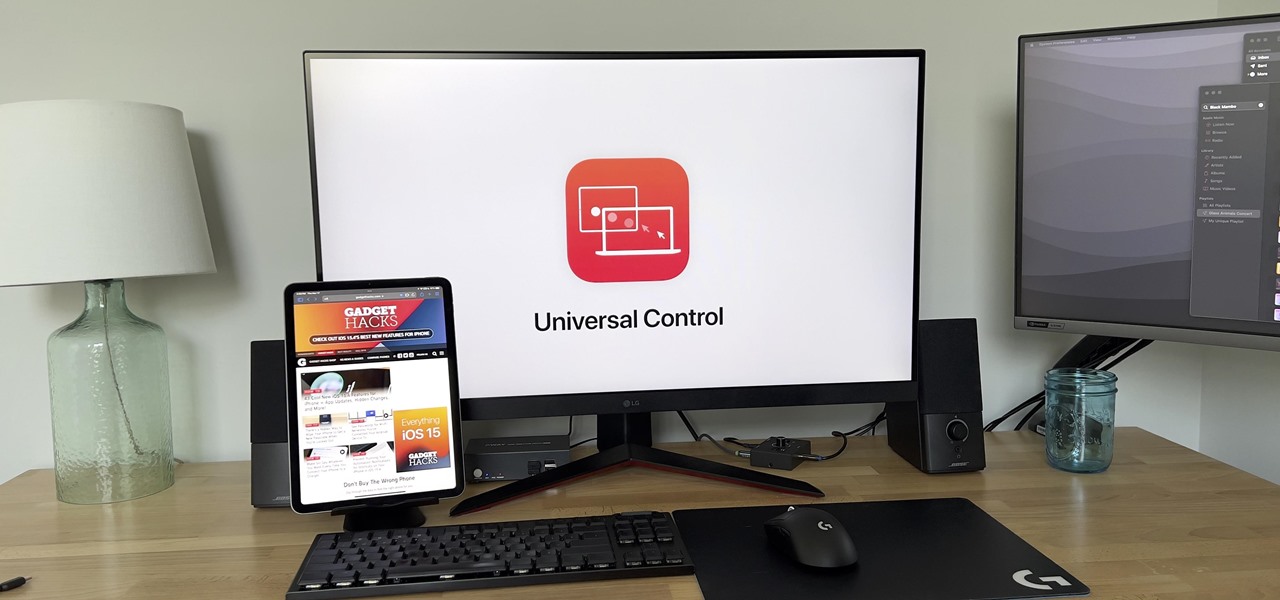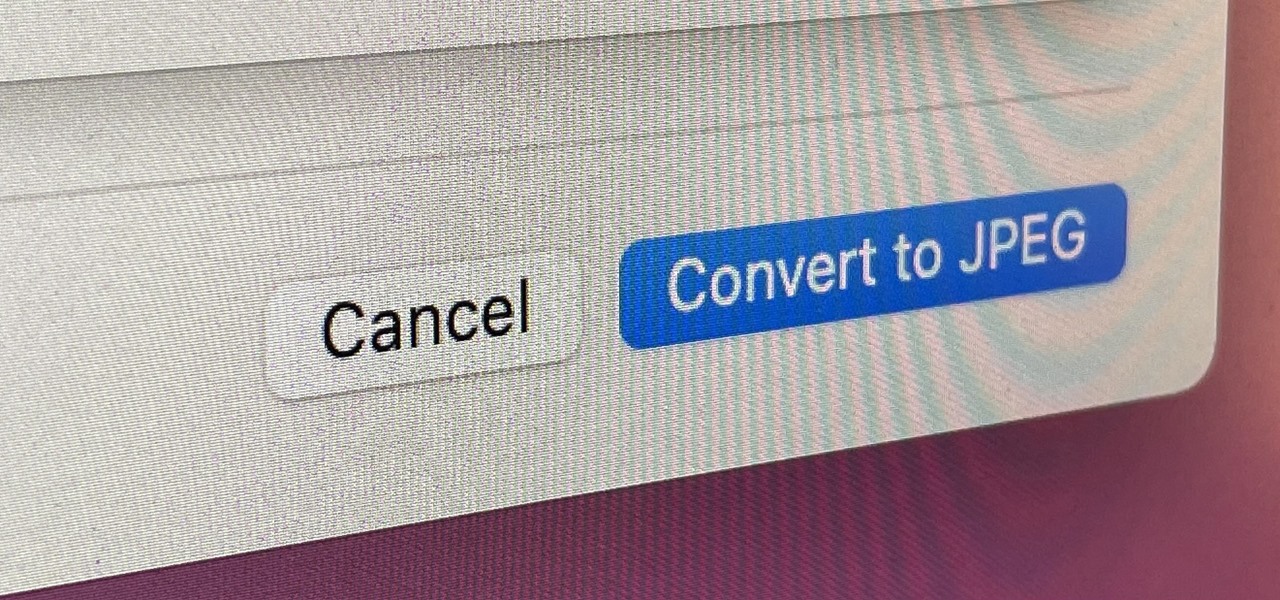Avoid These 9 Mistakes When Choosing a Cellular Carrier
Cloud & Internet
Quick Links
-
Not Checking Coverage Maps
-
Choosing the Cheapest Plan Without Research
-
Forgetting About International Roaming Charges
-
Committing to a Long-Term Plan Too Soon
-
Picking a Plan Without Hotspot Data
-
Missing Out on Family or Group Discounts
-
Ignoring 5G Coverage Check
-
Overlooking Hidden Fees
-
Failing to Look for Deals and Promotions
The ideal cellular carrier isn’t just the one with the lowest price—it should provide reliable coverage, fast data speeds, transparent pricing, and excellent customer support. Whether you’re choosing a carrier for the first time or switching to a new one, here are some common mistakes you should avoid.
9
Not Checking Coverage Maps
Despite their general claims of “nationwide coverage,” not all carriers offer the same coverage everywhere, especially in rural areas. If your chosen carrier has poor coverage, you will encounter dropped calls, slow data speeds, and weak or no service in key areas. So, even with a decent plan, your experience will suffer due to poor reception or dead zones.
That’s why you must review the cellular carrier’s coverage map to ensure it covers key areas like your home, workplace, and travel routes. Some cellular carriers offer online tools or apps to help you gauge service quality. So, you should sporadically test the coverage by using the carrier’s service to ensure the coverage is good before you decide on anything else.
8
Choosing the Cheapest Plan Without Research
Opting for the cheapest carrier plan may seem like a great way to save money, but it can lead to unexpected issues. Budget plans often have limited data and minutes and hidden fees for exceeding usage limits. They may also offer slower speeds during peak hours, weaker coverage, and limited customer support.
Instead of choosing a plan solely based on price, explore and compare various options different carriers offer. Look for restrictions on data speed, hotspot usage, roaming, and customer service availability. Don’t pick a plan that barely meets your needs—opt for a slightly higher-tier plan to get better performance and fewer surprises.
7
Forgetting About International Roaming Charges
Some cellular providers impose steep international roaming fees, charging for data, calls, and texts when you use your phone outside your home country. Even a few minutes of calling or simple tasks like checking emails or using navigation apps can quickly add up to hundreds of dollars—often without realizing it until you receive a shocking bill.
If you travel frequently, you must review your carrier’s international roaming rates. Check if they offer roaming plans and compare them with similar options from other providers. Carefully read the terms to avoid unexpected charges. If the fees are too high for most providers, consider using a local SIM card or eSIM to enjoy more cost-effective rates.
6
Committing to a Long-Term Plan Too Soon
Committing to a long-term contract with a cellular carrier without reviewing the terms can lead to regrets. If you sign up for a yearly plan but later find the coverage or features unsatisfactory, you could be stuck with a plan that doesn’t meet your needs. Canceling your plan too soon might come with hefty termination fees or additional charges, even within the first few weeks.
Some contracts also include price increases after an initial promotional period, leading to unexpected costs. To avoid these issues, start with a prepaid or month-to-month plan to test the service before making a long-term commitment. Always read the fine print to check for hidden fees or restrictions that could lock you into an unfavorable deal.
5
Picking a Plan Without Hotspot Data
Hotspot data lets you share your phone’s internet connection with other devices when Wi-Fi is unavailable or unreliable. However, not all carriers include hotspot access in their every plan. Some may block it entirely, others might throttle speeds to unusable levels, and some could charge extra fees even if you enable it accidentally.
To avoid surprises, don’t assume your plan includes hotspot data. Check the fine print to confirm if it’s allowed and if the carrier sets any data caps and speed restrictions. If you frequently use tethering, choose a plan with enough hotspot data or ensure your carrier offers add-ons with generous allowances.
4
Missing Out on Family or Group Discounts
Buying an individual plan without exploring family or group plans by the same carrier can be an expensive mistake. Group plans reduce the cost per line as you add more lines and often include perks like shared data, unlimited calls, and streaming subscriptions—benefits you won’t usually get with an individual plan.
Before choosing a carrier, check if they offer discounts for multiple lines. If they do, you can save money by sharing a plan with family members. Some providers also allow you to share a plan with friends, roommates, or coworkers. That’s why you must always compare the costs of individual and group plans before making your final decision.
3
Ignoring 5G Coverage Check
5G delivers faster speeds, lower latency, and improved network efficiency compared to 4G LTE. If your plan doesn’t include 5G access or your carrier has weak 5G coverage in your area, you may experience slower downloads, buffering, and gaming lag—especially in suburban or rural locations with poor service.
To avoid these issues, check whether the carrier you’re considering offers strong 5G coverage in your area. If coverage is reliable, opt for a plan that includes full 5G speeds since some carriers throttle speeds on lower-tier plans. Also, assess 5G availability in the places you frequently visit, such as your workplace or commute routes, not just your primary location.
2
Overlooking Hidden Fees
Some cellular carriers offer plans with attractive prices, but hidden fees can quickly inflate your bill. You might face activation charges for a new SIM, government-imposed fees, extra costs for exceeding data, call, or text limits, and steep penalties for early contract termination. These unexpected charges can make your plan far more expensive than anticipated.
That’s why you must carefully review the carrier’s pricing details and terms of service. Ask about activation fees, monthly surcharges, and potential penalties, and regularly check your monthly statements. Additionally, read user reviews or browse forums to identify possible red flags from other subscribers and monitor your data usage to prevent unexpected charges.
1
Failing to Look for Deals and Promotions
Most carriers frequently run promotions with massive discounts and bundle services like Netflix or Apple Music with their plans. If you rush into a plan when no promotions are available or without checking for deals, you might end up paying more than necessary—something you could easily avoid with a little research.
Before signing up for a plan, check the carrier’s official website for active promotions. If you’re a student, teacher, or an active military member, look for exclusive discounts your carrier may offer. Additionally, if a major shopping event like Black Friday or back-to-school season is approaching, hold off to take advantage of promotions and reduce your overall bill.
Now that you know these common mistakes, avoid them to get reliable coverage, fair pricing, and a plan that fits your needs. Take the time to research thoroughly—don’t rush into a decision!





















